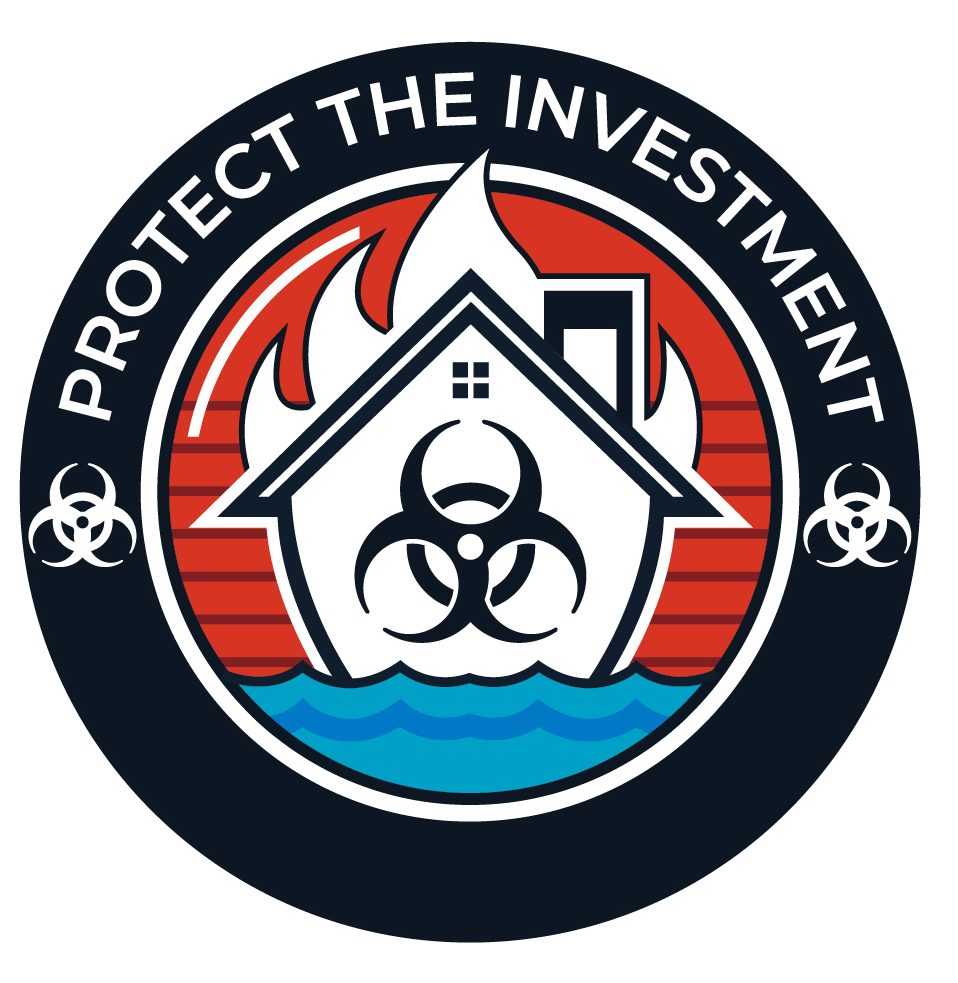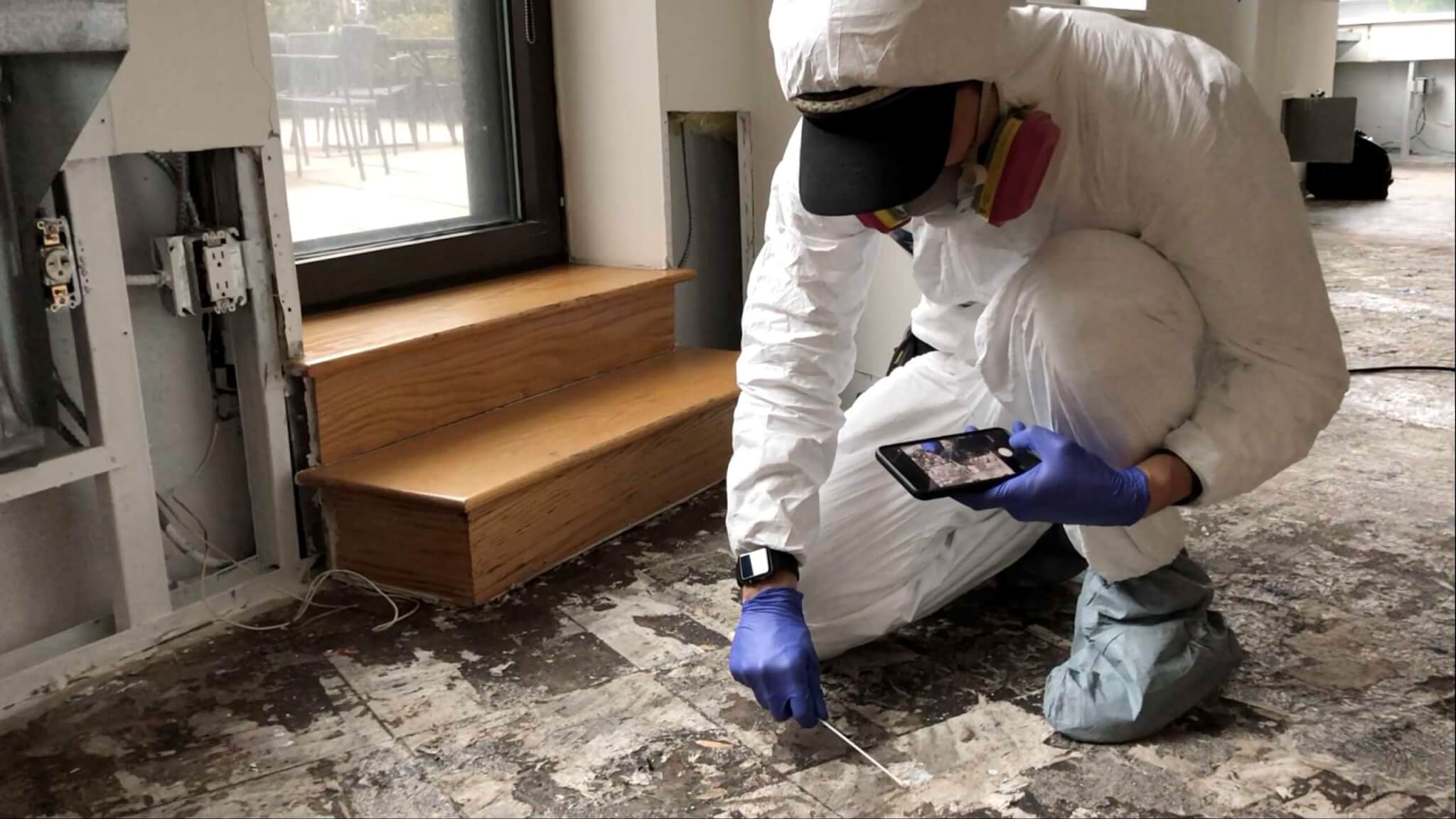Mold is a silent invader that can cause major damage to your home or business—often before you even realize it’s there. More than just an eyesore, mold can negatively impact your indoor air quality, damage building materials, and even pose health risks to occupants. That’s why investing in professional mold inspection services is crucial for maintaining a safe and healthy property.
Whether you’re dealing with visible signs of mold or simply want to be proactive, this guide will help you understand the importance of mold inspection and testing, what the process entails, and how to find the right service for your needs.
Why Mold Inspections Are So Important
Mold grows in damp, dark environments—places like basements, crawl spaces, behind drywall, and under sinks. Often, it thrives after a water leak, flood, or high humidity conditions. Many homeowners aren’t even aware of mold until they begin experiencing symptoms or notice a musty odor.
A home mold inspection by a certified professional can reveal mold problems you might not see or smell. Left untreated, mold can:
- Weaken structural components of your home
- Damage furniture, insulation, and flooring
- Reduce property value
- Trigger allergic reactions or respiratory issues, especially in those with sensitivities
If you’re searching for “mold inspection near me,” it’s likely because you’ve seen the warning signs and want to ensure your property is safe. A timely inspection can help prevent small problems from becoming large, expensive ones.
What is Mold Inspection and Testing?
A mold inspection and testing service involves a thorough examination of your property to detect the presence of mold and identify its type and concentration. It typically includes:
1. Visual Inspection
An inspector will check common problem areas for signs of mold growth, water damage, or high humidity. This includes attics, basements, crawl spaces, HVAC systems, kitchens, and bathrooms.
2. Moisture Mapping and Leak Detection
Moisture is the key factor in mold growth. Professionals often use infrared cameras, moisture meters, and other tools to detect hidden water intrusion.
3. Air and Surface Sampling
Samples are taken from the air and potentially contaminated surfaces. These are sent to a lab for analysis to determine the type of mold and spore count. This step is essential for accurate mold inspection and testing.
4. Lab Analysis and Report
Once testing is complete, you’ll receive a detailed report outlining the findings, mold types present (such as black mold), the severity, and recommendations for remediation if needed.
Why You Might Need a Mold Inspection
Not every home needs frequent mold inspections, but there are specific situations where scheduling one is absolutely necessary:
1. You Smell a Musty Odor
A persistent musty smell is often the first sign of hidden mold. Even if you can’t see it, mold could be lurking behind walls, under carpets, or inside air ducts.
2. You’ve Experienced Water Damage
If your home has had a recent leak, flood, or burst pipe, you should strongly consider a home mold inspection. Mold can begin to grow within 24-48 hours of water exposure.
3. Health Symptoms
Mold exposure can cause symptoms like coughing, sneezing, itchy eyes, headaches, and fatigue. If your symptoms improve when you’re away from the house, mold could be the culprit.
4. Buying or Selling a Home
Buyers and sellers both benefit from a mold inspection and testing near me search. Buyers want assurance the property is safe, while sellers can proactively address mold issues to prevent deal-breakers.
5. Visible Mold Growth
If you see black spots on walls, ceilings, or windowsills, it’s time for a black mold inspection. Black mold (Stachybotrys chartarum) is particularly concerning due to its potential health risks.
The Dangers of Black Mold
Black mold is one of the most well-known and feared types of mold. It grows in areas with long-term moisture problems and releases mycotoxins, which can be harmful to humans and pets.
Some symptoms of black mold exposure include:
- Chronic coughing or sneezing
- Eye irritation
- Skin rashes
- Fatigue
- Nausea
- In extreme cases, neurological issues
Because of its dangers, a black mold inspection should never be delayed. If you suspect this type of mold, contact professionals for mold inspection and testing near me as soon as possible.
How to Choose the Right Mold Inspection Company
Choosing the right provider for mold inspection services can make all the difference in detecting and addressing mold problems accurately. Here’s what to look for:
1. Certifications and Licensing
Ensure the inspector is certified by organizations like the National Association of Mold Remediators and Inspectors (NAMRI), IICRC, or ACAC. They should also carry proper state licenses where required.
2. Independent Testing
Avoid companies that offer both inspection and remediation, as this could be a conflict of interest. Independent mold inspection services provide unbiased reports and do not benefit financially from recommending remediation.
3. Comprehensive Reports
Look for companies that provide detailed reports with lab results, photos, moisture readings, and remediation recommendations.
4. Experience and Reviews
A quick search for “mold inspection near me” will yield many results. Be sure to check reviews, testimonials, and business ratings before hiring.
What to Expect During the Process
If you’ve booked an inspection, here’s what typically happens:
- Initial Walkthrough – The inspector assesses the areas of concern.
- Moisture Check – Tools are used to detect moisture behind walls and under floors.
- Sampling – Air and surface samples are collected and sent to a lab.
- Analysis – Within a few days, lab results are returned.
- Final Report – You’ll receive a written report outlining findings and recommendations.
This entire process typically takes 2 to 4 hours, depending on the size of the property and the extent of the issue.
Post-Inspection: What Happens Next?
If mold is detected, the next step is remediation. A separate mold remediation specialist will remove the mold safely and treat the affected areas to prevent regrowth. Your inspection report can help guide them in targeting the problem areas.
You should also take steps to reduce humidity levels in your home:
- Use dehumidifiers in damp areas
- Ensure proper ventilation, especially in bathrooms and kitchens
- Fix any plumbing leaks promptly
- Clean and maintain HVAC systems regularly
Conclusion
Mold is more than just an ugly stain on your walls—it’s a serious threat to your home’s structure and your family’s health. Whether you’re dealing with suspicious symptoms, a musty odor, or recent water damage, a professional mold inspection is the best way to uncover and address the issue early.
Don’t wait for mold to spread and become a more expensive problem. Start with a search for mold inspection near me or mold inspection and testing near me to find qualified professionals who can help safeguard your property.
A certified home mold inspection can give you the answers and direction you need to keep your home safe, healthy, and mold-free.

